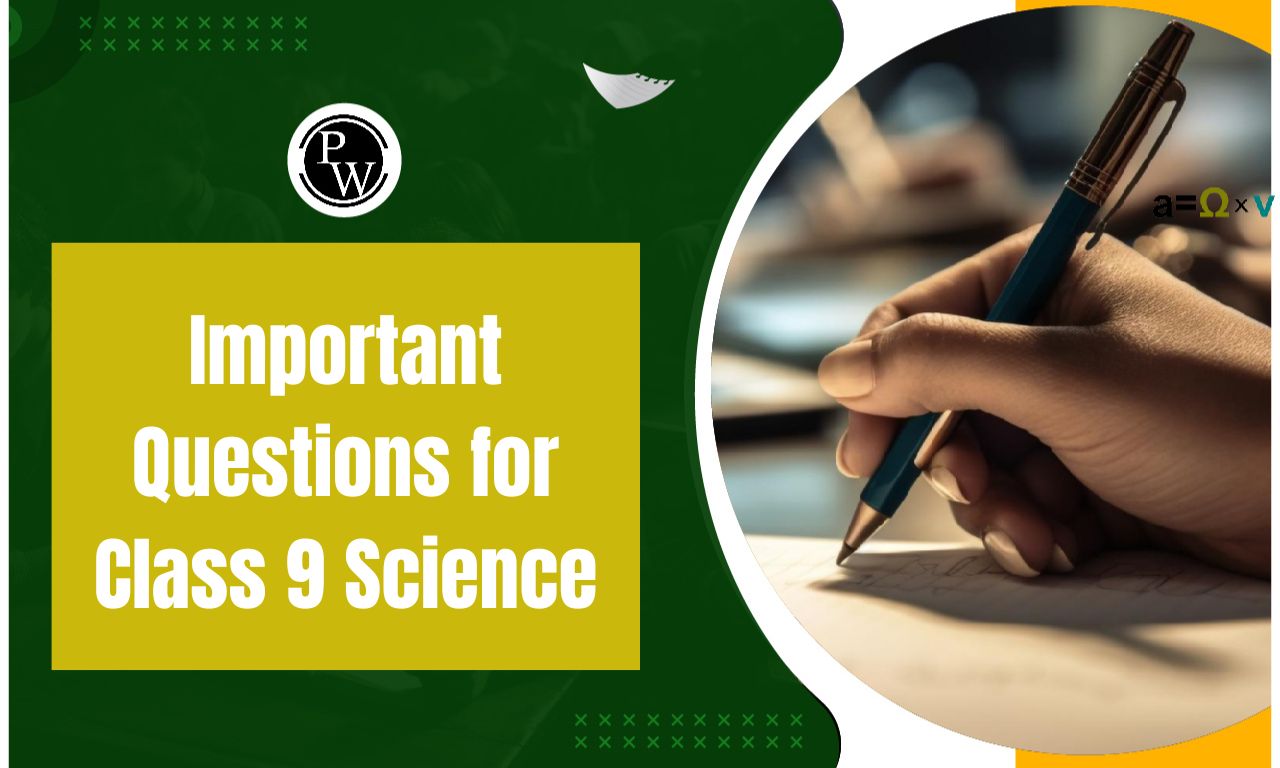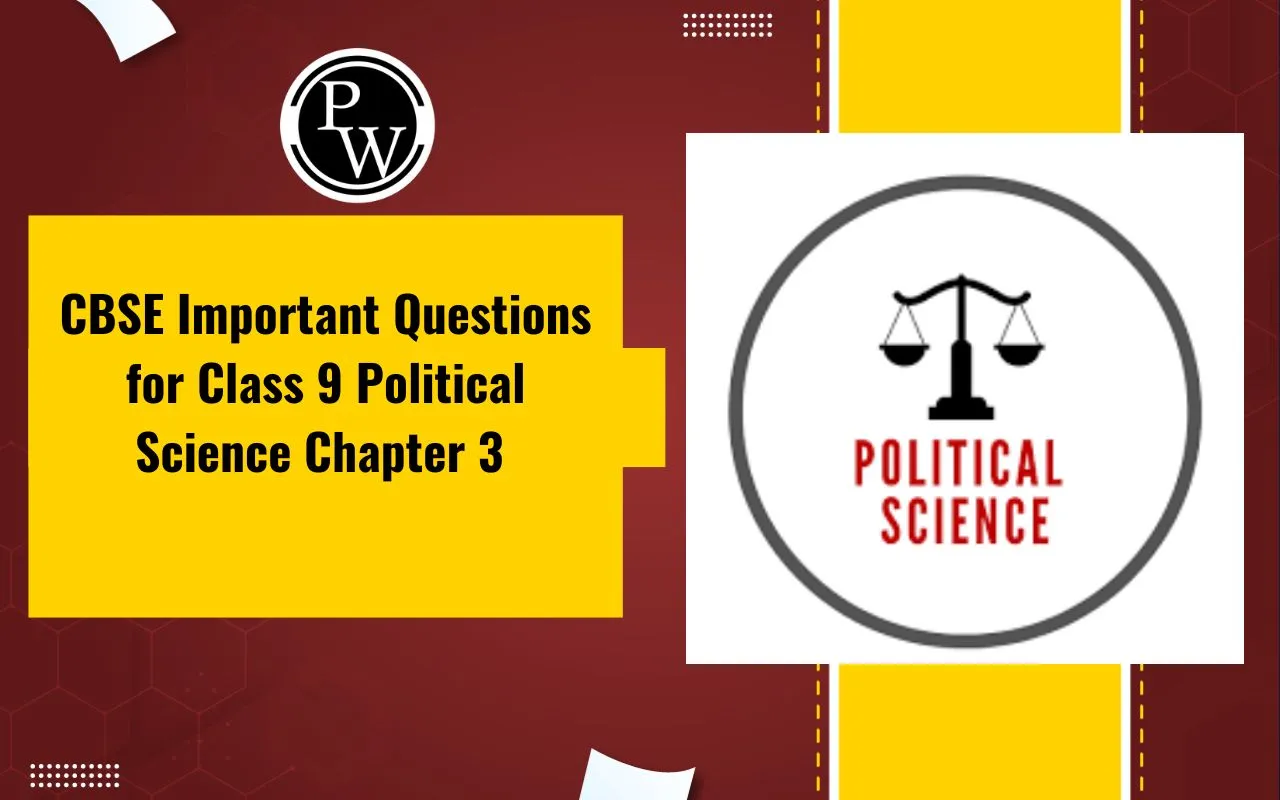

Deltoid Muscle: The human body is a complex machine with multiple components that work together to carry out various functions. One of the essential components of the human body is the deltoid muscle , which plays a crucial role in shoulder movement. In this article, we will explore the anatomy and function of the muscle and its importance in maintaining overall shoulder health.
Anatomy Of The D eltoid Muscle
The deltoid muscle is a large, triangular-shaped muscle that covers the shoulder joint. It is one of the primary muscles responsible for arm movement.
It is a skeletal muscle, which is controlled by voluntary movements. Tendons link each of the three sides of the triangular muscle to bones. The base of the deltoid s links to the upper part of the shoulder blade (scapula) and the side of the collarbone (clavicle). The third point of the deltoid s is connected to the side of the arm bone between the shoulder and elbow (humerus). These three divisions of the muscle are called: Anterior, lateral, and posterior.
Cellular Respiration Aerobic Anaerobic
- Anterior deltoid: Connected to the clavicle, it helps in moving the arm in front.
- Lateral deltoid: It helps move the arm out sideways and up and down. It connects to the acromion, a bony nob on the shoulder blade.
- Posterior deltoid: The smallest muscle of the three, it is used to move the arm backward. It is joined to the flat surface of the shoulder blade extension.
The deltoid muscle is surrounded by several other muscles, including the pectoralis major, trapezius, and rotator cuff muscles. All of these muscles work together to stabilize the shoulder joint and allow for proper shoulder movement.
Function Of The Deltoid Muscle
The deltoid muscle is a significant contributor to shoulder movement and is responsible for various arm movements, including flexion ( moving your arm in front) , abduction ( raising arms out to the sides) , extension, and rotation. The shoulder has a ball-and-socket joint that is highly mobile and allows for a wide range of movements.
During flexion, the anterior head of the deltoid muscle contracts, causing the arm to move forward. This movement is commonly used when reaching for an object in front of the body or when performing activities such as lifting weights or performing push-ups. The anterior deltoid also plays a role in internal rotation, which is the inward rotation of the arm towards the body.
During abduction, the lateral deltoid contracts, causing the arm to move outward. This movement is commonly used when lifting objects to the side of the body or performing lateral raises.
During extension, the posterior deltoid contracts, causing the arm to move backward. This movement is commonly used when performing activities such as rowing or pulling movements. The posterior deltoid also plays a role in external rotation, which is the outward rotation of the arm away from the body.
Finally, during rotation, the three heads of the deltoid muscle work together to produce movement. Rotation can be either internal or external. Internal rotation occurs when the arm rotates inward towards the body, and external rotation occurs when the arm rotates outward away from the body.
What Can Adversely Affect The Muscle?
Injuries to the muscle can occur due to overuse, trauma, or strain. Symptoms of a deltoid injury include pain, swelling, and limited range of motion. Treatment for a deltoid injury typically involves rest, ice, compression, and elevation, as well as physical therapy and, in severe cases, surgery. Here are some common injuries:
- Strains: It is a result of overuse, the muscle fibers get overstretched.
- Bursitis: An inflammation of the fluid-filled sacs between muscle and bone. It causes pain and restricts movement of the shoulder joint.
- Rotator cuff tear: A common injury, the deltoid and related muscles can be affected.
- Tendonitis: It occurs when the tissue connecting muscle and bone becomes inflamed. Apart from pain it also limits movement.
How To Strengthen The Deltoid Muscle
Strengthening exercises can help improve the overall health of the deltoid muscle. Examples of exercises include:
- Shoulder press: This exercise targets all three heads of the deltoid muscle and can be performed using dumbbells, barbells, or a machine.
- Lateral raise: This exercise targets the lateral deltoid and involves lifting weights out to the side of the body.
- Front raise: This exercise is for the anterior deltoid and involves lifting weights in front of the body.
- Rear deltoid fly: This exercise targets the posterior deltoid and involves lifting weights behind the body.
When performing these exercises, it's essential to maintain proper form and technique to avoid injury.
Deltoid Muscle FAQs
Can overtraining the deltoid muscle lead to injury?
Can the deltoid muscle be stretched?
Which is the smallest deltoid and why?
Where is the deltoid muscle located?
What are the three parts of the deltoid muscle?












